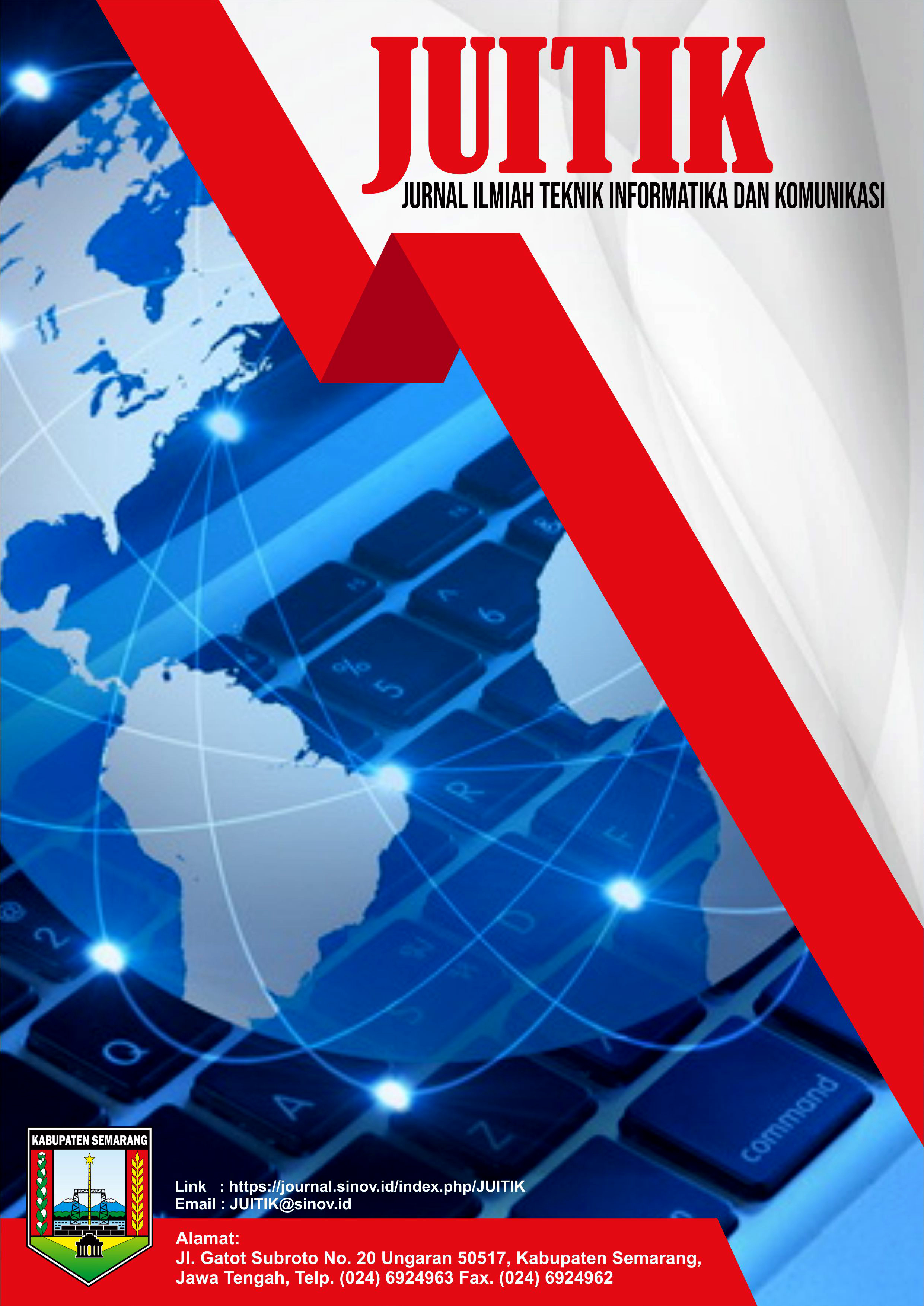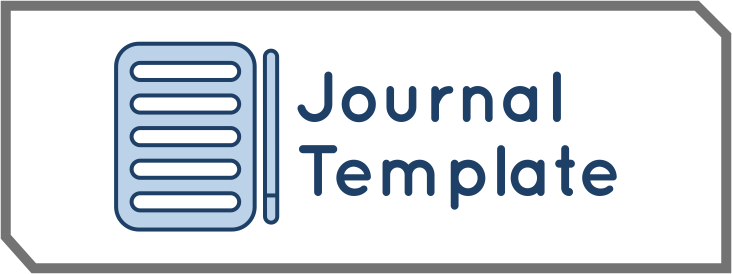Prediksi Penjualan Motor Honda pada Dinamika Motor Kupang menggunakan Autoregressive (AR)
DOI:
https://doi.org/10.55606/juitik.v5i3.1622Keywords:
Autoregressive, Honda motorbike, MAPE, Motorcycle Sales, PredictionAbstract
The motorcycle industry in Indonesia is experiencing rapid growth, marked by the increasing number of two-wheeled vehicles every year. Dealer Dinamika Motor Kupang, also known as PT. Dinamika Sejahtera Motor, is one of the authorized Honda motorcycle dealers in Kupang, East Nusa Tenggara. Dinamika Motor Kupang faces the challenge of predicting market demand in order to design a more effective business strategy. Based on the number of motorcycle sales from 2022-2024, there are increases and decreases in the number of motorcycle sales. Therefore, a system is needed to predict motorcycle sales so that it can determine the sales level in the following months and years. This study aims to make a prediction of Honda motorcycle sales using the Autoregressive (AR) method. This method was chosen because it is able to analyze historical data patterns and provide accurate sales estimates. This study uses Honda motorcycle sales data for the period 2022–2024. Based on the test results, the MAPE value obtained was 22.73% with the normal distribution AR model, and 7.81% with the binomial distribution AR model. These results indicate that the binomial distribution AR model is more optimal in predicting motor sales on Beetle Motor Dynamics.
References
Ainiyah, L., & Bansori, M. (2021). Prediksi jumlah kasus Covid-19 menggunakan metode Autoregressive Integrated Moving Average (ARIMA). [Artikel]. https://doi.org/10.21831/jsd.v10i2.43606
Hartanto, B., Fitriasih, S. H., & Tomo, S. (2021). Sistem informasi prediksi jumlah pendaftar calon siswa baru di SMK Muhammadiyah 2 Sukoharjo menggunakan metode autoregressive. Jurnal SITECH: Sistem Informasi dan Teknologi, 4(2), 147–154. https://doi.org/10.24176/sitech.v4i2.6795
Kristianto, A., & Setyadi, H. A. (2022). Pelatihan pemanfaatan Instagram dan Facebook untuk meningkatkan penyebaran informasi dan penjualan motor roda tiga Nozomi di Solo Raya. Jurnal Abdimas Ekonomi dan Bisnis, 2(1), 17–28. https://doi.org/10.31294/abdiekbis.v2i1.1133
Laloan, E. E. T., Nainggolan, N., & Hatidja, D. (2023). Penerapan Autoregressive Distributed Lag (ARDL) dalam memodelkan pengaruh lama sekolah dan tingkat pengangguran terbuka terhadap kemiskinan di Kota Manado. d’Cartesian, 12(2), 35–40. https://doi.org/10.35799/dc.12.2.2023.48784
Mardiyono, A., Purwanto, E., & Nurmalitasari, N. (2022). Sistem informasi prediksi penerimaan siswa baru menggunakan metode autoregressive di SMP Negeri 3 Purwantoro. Bianglala Informatika, 10(1), 7–11. https://doi.org/10.31294/bi.v10i1.11850
Melyani, C. A., Nurtsabita, A., Shafa, G. Z., & Widodo, E. (2021). Peramalan inflasi di Indonesia menggunakan metode autoregressive moving average (ARMA). Journal of Mathematics Education and Science, 4(2), 67–74. https://doi.org/10.32665/james.v4i2.231
Muzakki, A. F., Aditama, D., & Anugrah, I. G. (2022). Penerapan metode Autoregressive Integrated Moving Average untuk memprediksi penggunaan barang medis pada logistik medis Rumah Sakit Muhammadiyah Gresik. Indexia: Informatics and Computational Intelligent Journal, 4(1), 1–16. https://doi.org/10.30587/indexia.v4i1.3595
Nasirudin, F., Pindianti, M., Said, D. I. S., & Widodo, E. (2022). Peramalan jumlah produksi kopi di Jawa Timur pada tahun 2020–2021 menggunakan metode Seasonal Autoregressive Integrated Moving Average (SARIMA). Agrium: Jurnal Ilmu Pertanian, 25(1), 34–43.
Nuha, H. (2023). Mean Absolute Percentage Error (MAPE) dan pengertiannya. SSRN.
Nurhidayati, M. (2021). Estimasi parameter model autoregressive dengan metode Yule Walker, Least Square, dan Maximum Likelihood (studi kasus data ROA BPRS di Indonesia). Quadratic: Journal of Innovation and Technology in Mathematics and Mathematics Education, 1(1), 1–6. https://doi.org/10.14421/quadratic.2021.011-01
Putra, A. L., & Kurniawati, A. K. (2021). Analisis prediksi harga saham PT Astra International Tbk menggunakan metode Autoregressive Integrated Moving Average (ARIMA) dan Support Vector Regression (SVR). Jurnal Ilmiah Komputasi, 20(3), 417–424. https://doi.org/10.32409/jikstik.20.3.2732
Raihansyah, H., Paendong, M. S., & Mananohas, M. L. (2024). Penerapan model Autoregressive Integrated Moving Average (ARIMA) untuk memprediksi harga penutupan saham bulanan AMRT. d’Cartesian, 13(1), 62–68.
Sari, A. P., Rahmadini, G., Carlina, H., Ramadan, M. I., & Pradani, Z. E. (2023). Analisis masalah kependudukan di Indonesia. Journal of Economic Education, 2(1), 29–37. https://doi.org/10.22437/jeec.v2i1.23180
Sriyeni, Y., Irwansyah, I., & Priatama, M. A. (2024). Rancang bangun sistem informasi penjualan motor dan bengkel menggunakan metode prototipe: Design and built a motorcycle sales and workshop information system using prototype method. MALCOM: Indonesian Journal of Machine Learning and Computer Science, 4(1), 329–339. https://doi.org/10.57152/malcom.v4i1.1159
Suriani, M. (2024). Analisis peramalan jumlah pengangguran di Provinsi Aceh tahun 2023–2032 menggunakan metode Autoregressive Integrated Moving Average (ARIMA). Proximal: Jurnal Penelitian Matematika dan Pendidikan Matematika, 7(2), 961–974. https://doi.org/10.30605/proximal.v7i2.4518
Downloads
Published
How to Cite
Issue
Section
License
Copyright (c) 2025 Jurnal Ilmiah Teknik Informatika dan Komunikasi

This work is licensed under a Creative Commons Attribution-ShareAlike 4.0 International License.










